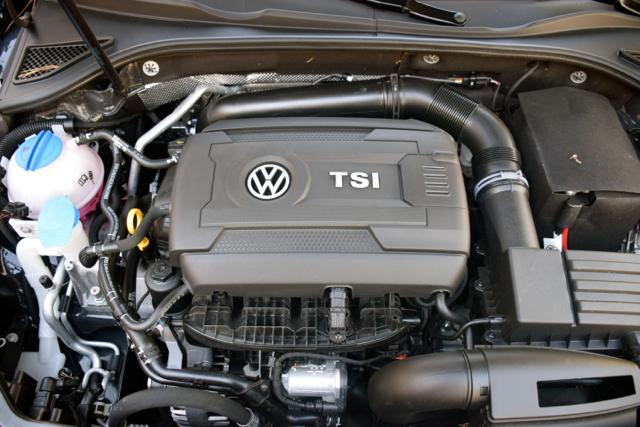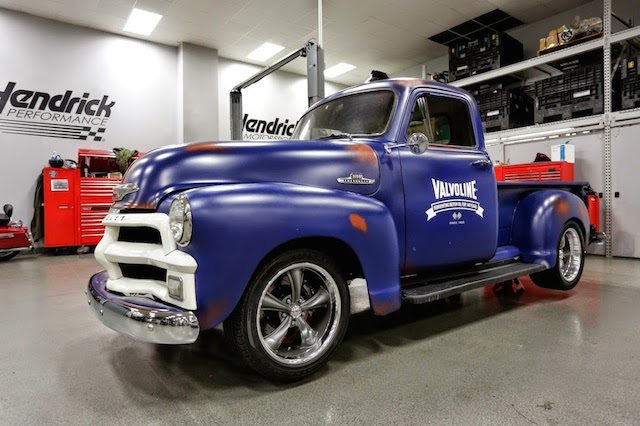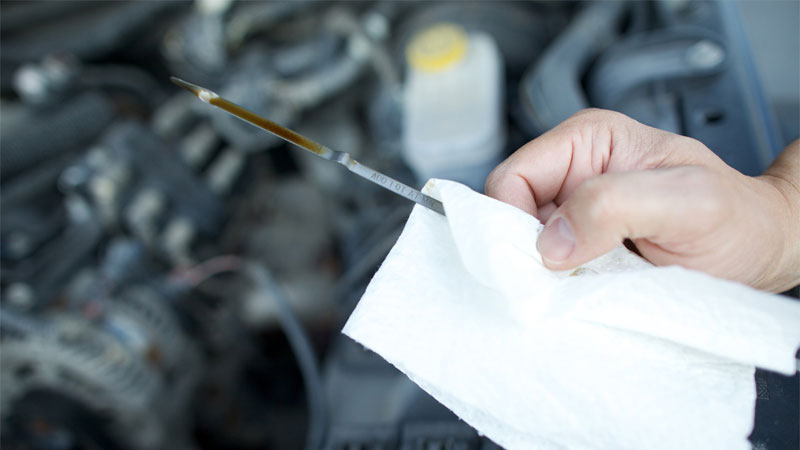A Valvoline expert weighs in with advice on maintenance schedules, motor oil & lubricants.
The owner’s manual is your car’s bible, an authoritative document carefully assembled by the automaker. Manuals are specific to each model, offering details about the car that the manufacturer understands best.
One important section is the maintenance schedule (occasionally presented as a separate maintenance booklet) and typically divided into two sections based on your driving habits: normal and severe. Indeed, the differences between the two are often compared to night and day — with much tighter maintenance intervals for severe driving.
So, which schedule should most drivers follow? If you answered “normal” you are in for a surprise. With this in mind, let’s examine the schedule types and why following a “severe” schedule may be the best choice for most drivers, including you.
See Also – 10 Car Maintenance Tasks Every Owner Should Know
Deciphering Maintenance Schedules

Car manufacturers set the parameters for what constitutes “normal” and “severe” duty schedules. Fortunately, there are only small differences between how manufacturers define each. In any event, we’ll cover the generalities — avoiding most specifics, as in down to particular miles driven and time intervals.
For professional input, Auto Trends reached out to Valvoline and spoke with Fran Lockwood, Ph.D., the company’s chief technology officer. Dr. Lockwood is a chemical engineer possessing decades of experience in lubricants research and development.
Generally speaking, our discussion centered on what constitutes severe driving, including:
1. Hot weather driving in an urban setting.
Dr. Lockwood noted that a combination of high heat and stop-and-go traffic conspire to wear out cars faster. Specifically, lubricants found within motor oil break down rapidly under these conditions. As a result, adhering to a normal schedule will only wear out your engine quicker.
2. Short trips of under five miles.

If you live in an urban area, stop-and-go traffic isn’t the only condition that can take its toll on your vehicle. For instance, short trips to work, the grocery store, school, entertainment venues and other nearby locations may not involve much traffic.
That said, each trip of no more than five miles creates an accumulation of water vapor, diluting the motor oil and reducing efficacy. Further, several other parts suffer as well — you’ll find yourself replacing your muffler more frequently, for example.
3. Regular towing, including a boat, trailer or camper.
The added pulling power required to tow something behind your vehicle puts more stress on a car, truck or an SUV. Not only is the engine pressured to work harder, but the protecting lubricants break down faster.
Some other car parts affected include the brakes, tires, transmission, coolant and exhaust systems.
4. Consistently driving on non-pavement surfaces — dirt, gravel and off-road.
Regular travel on unpaved roads and surfaces can clog the air filter, which keeps dirt from entering the engine. Indeed, the harsher the surface, the harder your vehicle must work to take you where you’re heading.
Additionally, dirt-covered or sandy surfaces as well as rocky or muddy roads take a toll on the suspension, brakes, tires, and paint.
Some of the other conditions that may adversely impact your car include temperature extremes and mountainous driving. In particular, operating a vehicle in temperatures regularly below 0º F or above 90º F is hard on your car.
Moreover, hot temperatures accompanied by high humidity will break down the oil faster and drain the car’s battery. Even if the battery makes it through the summer, it could be dead come winter.
A Matter of Synthetic Motor Oils

Car manufacturers are increasingly turning to synthetic lubricants in an effort to improve fuel economy and to meet ever increasing government-mandated mileage thresholds. Where vehicles once commonly used 10W-40 or 5W-30 motor oils, today 5W-20 and 0W-20 oils are more prevalent.
Indeed, such lower-viscosity motor oils have the advantage of flowing through the engine with less resistance, thereby improving fuel efficiency.
Synthetics stretch out maintenance intervals as car manufacturers have long since moved away from the old 3,000-mile or 3-month standard, whichever comes first. Non-synthetic oils may now offer a 5,000-mile interval, while synthetics routinely deliver 10,000 miles (Toyota) or 15,000 miles (Jaguar).
Thus, synthetics are more forgiving to people who are no longer in the habit of regularly checking their oil levels.
Choosing a synthetic oil keeps “the whole engine cleaner and improves fuel economy,” explained Dr. Lockwood. That said, she noted motorists should also keep tabs on the fueling system, given its propensity to attract dirt.
For example, a 16-ounce bottle of Valvoline Syn Power fuel treatment cleans dirty fuel injectors, intake valves, and combustion chambers by removing accumulating deposits. When added to the fuel tank, this particular product improves cold start, reduces emissions, and restores fuel efficiency.
The Bottom Line
Although synthetic oils last longer and perform well under severe conditions, you need to regularly check your oil level as you do your other fluids. Ultimately, your owner’s manual offers the best guidance on car care — when followed, you’ll avoid costly repairs and extend the life of your vehicle.
Photos copyright Auto Trends Magazine. All right reserved.
- 2024 Mazda CX-50: A Compact SUV with Premium Aspirations - Apr 15, 2024
- 2024 Ford Mustang (Iconic Pony Car Evolves) - Apr 4, 2024
- 2024 Ford Maverick (Looks Like a Truck, Drives Like a Car) - Mar 28, 2024

